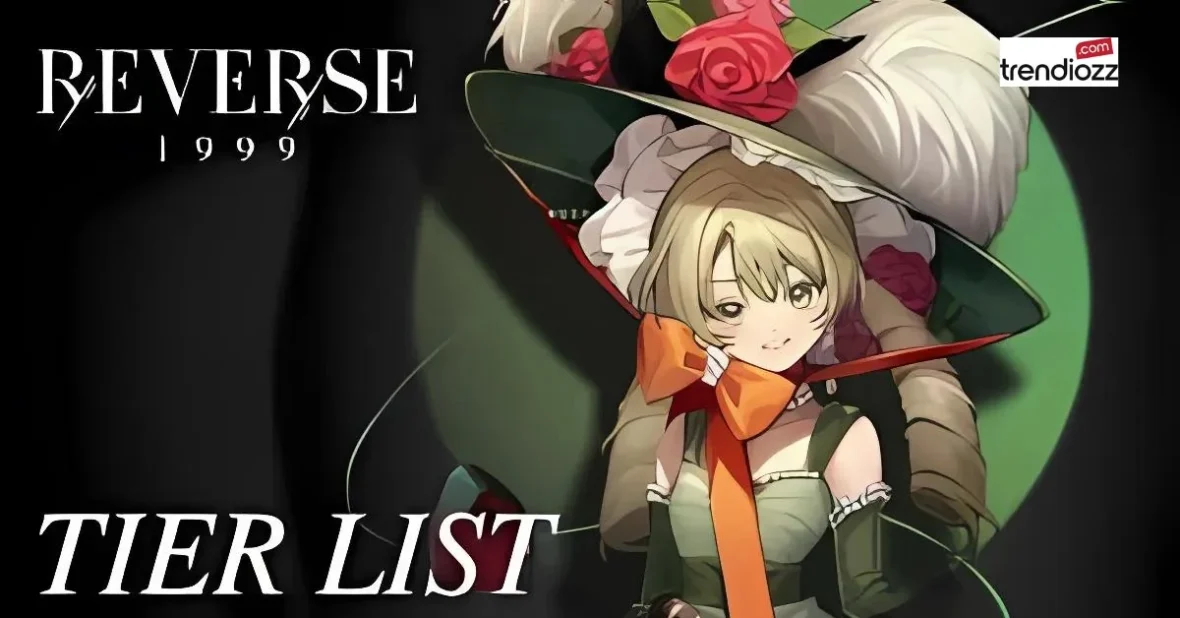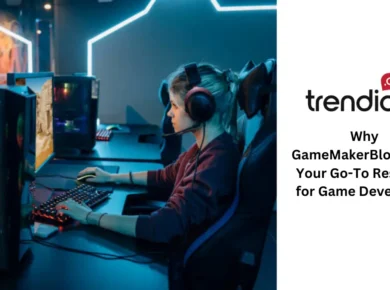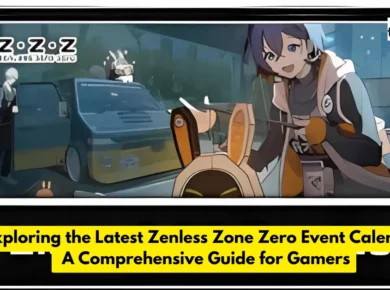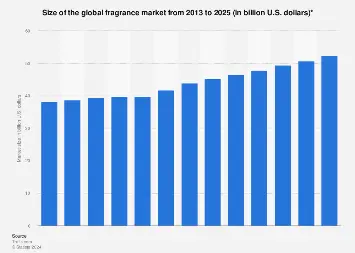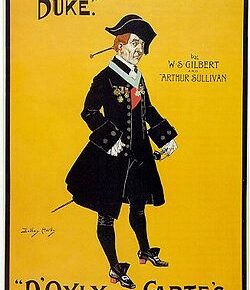In games like Reverse 1999, understanding the character tier list is crucial for success. This guide will help you navigate through the top-tier characters, their strengths, and team composition strategies. Whether you’re looking to dominate PvP battles or maximize your efficiency in PvE content, the Reverse 1999 tier list will serve as your go-to resource. With constantly evolving rankings, staying updated on the best characters is key.
| Rank | Character | Role | Strengths | Recommended Usage |
|---|---|---|---|---|
| S+ | Character A | Damage Dealer | High burst damage | Best for raid bosses |
| S | Character B | Support | Strong buffs | Ideal in PvP battles |
| A+ | Character C | Survival | High defense | Use for tanking |
| A | Character D | Support | Versatile skill set | Flexible in all modes |
| B | Character E | Damage Dealer | Moderate DPS | Backup option |
| C | Character F | Support | Weak control | Limited utility |
| S+ | Character G | Damage Dealer | High crit rate | Great for burst DPS |
| S | Character H | Support | Healing and buffs | Essential in long fights |
| A+ | Character I | Survival | Shields teammates | Defensive strategies |
| A | Character J | Damage Dealer | Consistent output | Secondary DPS |
The Reverse 1999 Tier List Rankings
The Reverse 1999 tier list is divided into categories based on a character’s role and overall performance. Characters are classified as S+ (top-tier), S, A+, A, B, and C (low-tier). Rankings are determined by their effectiveness in various roles like Damage Dealer, Support, and Survival. Understanding these rankings allows players to choose the most suitable heroes for their specific needs.
Top S+ and S Tier Characters in Reverse 1999
The S+ and S tier characters are considered the best due to their high damage output, versatility, or ability to adapt to multiple scenarios. For example, an S+ tier Damage Dealer may excel in both PvP and raid scenarios, making them highly sought-after. Meanwhile, S tier characters, though slightly less powerful, can still significantly impact battles when utilized effectively.
Mid-Tier Characters: A+ to B Ranks
These characters are decent but lack the standout features of higher-tier heroes. An A+ rank might be a good substitute for an S tier in the absence of stronger options. B rank characters usually serve as niche fillers and can support a team under specific conditions. This tier is ideal for players who want variety or to experiment with different strategies.
Low-Tier Characters: C Tier Analysis
C tier characters typically underperform due to low stats or lack of synergy. While they have limited usability, some players might find them useful for niche strategies. They may be worth investing in if no other options are available, but using them can be a significant disadvantage in higher-level content.
Building an Effective Team in Reverse 1999
Creating a balanced team in Reverse 1999 involves selecting a mix of high-tier Damage Dealers, Supports, and Survival characters. Always aim to have at least one S+ tier for key roles and complement them with characters who enhance their strengths. Flexibility is crucial, so be ready to adjust your team according to the mode you’re playing.
S+ and S Tier Characters: The Core of Your Team
S+ and S tier characters should be the backbone of your team due to their high performance in various scenarios. They offer exceptional abilities that can single-handedly turn the tide of battle. Investing resources into these characters will provide long-term value, especially in high-level content. Always prioritize building around these top-tier units to maximize your effectiveness in both offensive and defensive roles.
Synergy and Team Combinations: How to Maximize Effectiveness
While high-tier characters are crucial, team synergy is equally important. Focus on building a balanced team where characters complement each other’s strengths and cover weaknesses. For example, pairing a powerful Damage Dealer with a strong Support will significantly boost your overall damage output. Additionally, some characters have unique abilities that enhance the performance of others when used together, making synergy a key aspect of advanced team-building strategies.
The Importance of Role Allocation in Reverse 1999
Each character in Reverse 1999 plays a specific role, whether it’s dealing damage, providing buffs, or tanking incoming attacks. When creating a team, always ensure that you have a mix of roles to maintain balance. An effective team will typically include at least one Damage Dealer, one Support, and one Survival character to handle various in-game challenges. Neglecting role allocation can lead to weak spots in your lineup, making it difficult to tackle certain stages.
Utilizing Low-Tier Characters in Niche Situations
Low-tier characters, while generally weaker, can still be valuable in niche situations. They may lack the raw power of higher-tier units but can offer unique abilities that shine in specific scenarios. For instance, a C-tier character with crowd control skills might be perfect for handling large groups of weaker enemies. Always keep an eye on potential buffs or synergy changes, as these underappreciated characters can rise in the meta with the right adjustments.
Adapting to Meta Changes and Game Updates
The meta in Reverse 1999 is constantly shifting due to updates, character buffs, and nerfs. Regularly reviewing the tier list and staying updated with the community’s insights will help you make informed decisions. A character ranked highly today might drop in value after a patch, so flexibility is crucial. Always be prepared to reallocate resources or adjust your team composition to stay ahead in competitive play.
Understanding Skill Scaling and Stat Allocation
Each character’s effectiveness depends heavily on their skill scaling and stat distribution. Pay close attention to a character’s primary stats (e.g., attack, defense, health) and how their abilities scale with these stats. Some characters may seem weaker at first glance but become significantly more powerful when properly built. For example, characters with high attack scaling should focus on increasing their damage potential, while Supports may prioritize cooldown reduction.
Key Tips for Beginners: How to Use the Reverse 1999 Tier List Effectively
For new players, navigating the tier list can be overwhelming. Start by investing in versatile, high-ranking characters who can handle a variety of roles. Avoid pouring resources into low-tier units early on, as they offer limited returns. Instead, focus on building a strong core team with at least one top-tier Damage Dealer and Support. Utilize the tier list as a guide, but remember that in-game experience and team synergy ultimately determine success.
Conclusion: Making the Most of the Reverse 1999 Tier List
By understanding the strengths and weaknesses of each tier, you can maximize your success in Reverse 1999. Regularly check updates, as character buffs and nerfs may alter their rankings. Use this tier list as a foundation for building an unbeatable team, adapting your strategies based on the current meta.
FAQs for the Reverse 1999 Tier List
- What is the purpose of the Reverse 1999 tier list?
The Reverse 1999 tier list ranks characters based on their effectiveness in different game modes. It helps players identify the best units to prioritize for building strong teams. - How are the characters categorized in the tier list?
Characters are categorized into S+, S, A+, A, B, and C tiers based on their performance in roles like Damage Dealer, Support, and Survival. - Should I focus on only S+ and S tier characters?
While S+ and S tier characters are the strongest, mid and lower-tier characters can still be useful in specific scenarios, such as niche roles or team synergy. - How often is the Reverse 1999 tier list updated?
The tier list is updated regularly to reflect changes in the game’s meta, character buffs, nerfs, and newly released characters. - Can low-tier characters become stronger with updates?
Yes, characters can move up the tier list if they receive buffs or if the game’s meta shifts. It’s always good to revisit the tier list after major updates.
